SAD! 5 lies the Trump administration tells about national monuments
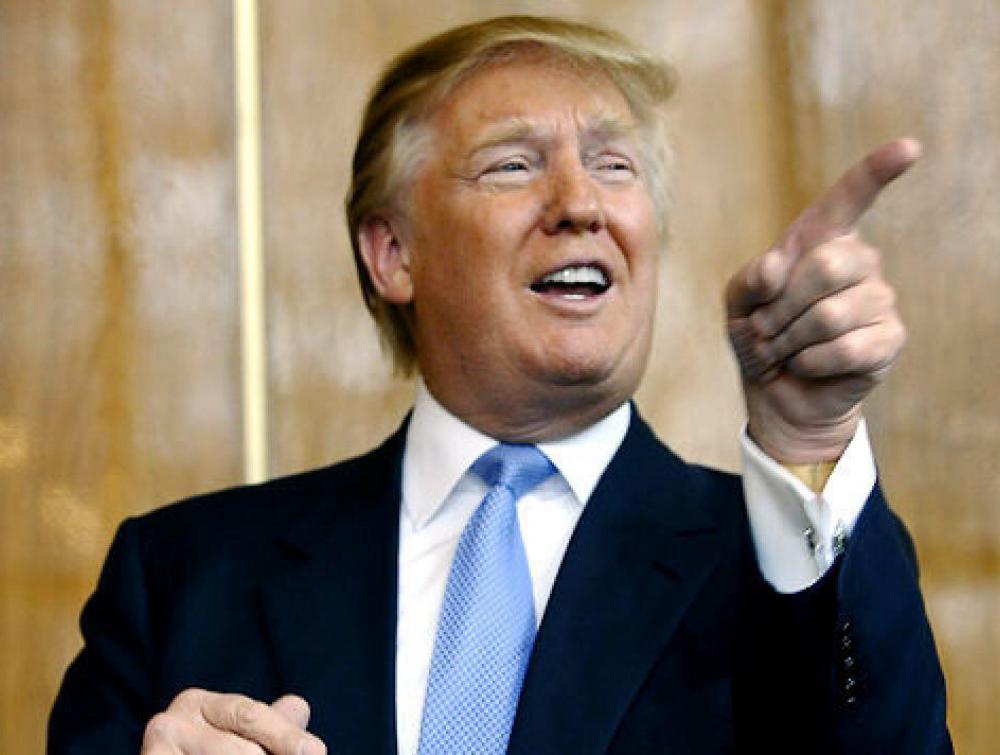
Ninian Reid, flickr
President Trump's executive order to gut cherished national monuments is propped up by a number of falsehoods. Don't fall for these lies.
The Trump administration is reviewing national monuments this summer with the goal of rescinding protections for up to 27 monuments designated by the Obama and Clinton administrations. Already, Trump’s Interior Secretary Ryan Zinke has announced he intends to revoke protections for portions of Utah’s Bears Ears National Monument, step one in a campaign to hand protected places over to fossil fuel interests, mining companies and more.
Act NOW: Tweet at Trump to #StandWithBearsEars
We take a look at a few of the bogus arguments--"fake news," if you like--being pushed by Trump and his anti-monument friends in Congress, as well as the truth behind each claim.
1. LIE: National monuments shut people out of the land.
TRUTH: National monuments ensure that many people can enjoy the land, not just rich developers or oil and mining companies.
On April 26, the day he signed his sweeping executive order to review national monuments, President Trump crowed that it would "free" land previously locked up under federal control. Trump vaguely suggested that after a long exile, ordinary Americans would finally be able to enjoy these places again. This echoed the anti-public land fringe's durable talking point that monument status is restrictive (one Trump-boosting political commentator tweeted that her unnamed "hunting and outdoor buddies" were "very happy about National Monument review & hoping it leads to opening of land").
But the reality is that national monuments allow ordinary Americans to enjoy a wide range of recreational and livelihood activities while ensuring the space is preserved as-is. In fact, President Obama's proclamation establishing Bears Ears National Monument specifically mentioned the land's "world class outdoor recreation opportunities" (sure enough, hunting, fishing, hiking, mountain biking, on-road motor vehicle riding and many other activities are allowed in Bears Ears, as they are in most national monuments). For the most part, sportsmen appreciate the access that monument status allows, with 77 percent saying they want to leave monuments alone in a recent survey).
Beyond recreation, monuments' allowance of "existing uses" typically means that not only traditional cultural uses—for example, gathering medicinal plants—but existing livestock grazing, logging, mining and drilling activities can proceed apace. Far from putting a landscape under museum glass where nobody can touch it, monuments preserve the work and play people already enjoy in these shared spaces.
In keeping with the current political regime's other actions, phony Trumpian rhetoric about "opening" monuments can probably be boiled down to this: making it easier for oil and gas companies to come in and exploit them.
2. LIE: Trump is helping local communities that didn't have a say about the creation of monuments in their backyards
TRUTH: Local communities collaborated extensively with past administrations to earn designations for these 27 monuments.
The Trump administration and its surrogates in Congress frequently paint national monuments as a symptom of federal overreach, imposed on communities that have no interest in them and have been given no opportunity to register their opposition to them. The reality is that the monument proclamations now under review were preceded by a careful public input process, including meetings in the local community.
Take Bears Ears. Local Native American leaders were worried that the major legislative solutions offered to that point to protect Bears Ears would not offer enough safeguards to prevent looting, so a coalition of five tribes, supported by 21 others with direct ties to the region, petitioned President Obama to protect the land, already under federal jurisdiction, as a national monument. Far from 'ignoring' locals, President Obama used the Antiquities Act because locals asked him to do it.
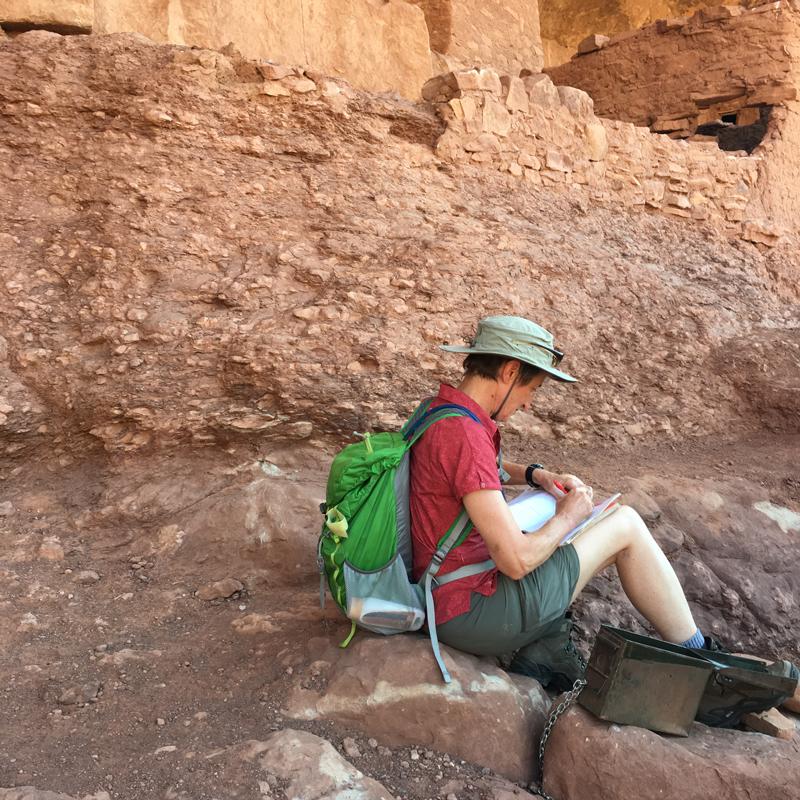
Interior Secretary Sally Jewell talked to locals and toured vandalized cultural sites in Bears Ears in 2016.
Matt Keller, The Wilderness Society
But before President Obama made a final decision, Interior Secretary Sally Jewell was dispatched to Utah to listen to locals (and indeed, the trip itineraryshows she went to great lengths to involve those on both sides of the issue. Conversely, Trump’s Interior Secretary’s recent visit to consider reducing protection drew immediate criticism from tribal leaders who felt they were given short shrift in favor of anti-monument interests—and in one case, even barred from an event with the secretary).
Polling from before the Bears Ears proclamation found that 71 percent of registered Utah voters supported monument status, and comments submitted under Trump's review show that Utahns and others largely oppose changes to that status. And while monument designations do generally undergo a public input stage, even once they are designated, the local community is often invited to be part of the process, in the formation of management plans to govern the land.
3. LIE: Undoing or shrinking monuments will help nearby communities
TRUTH: Local communities value monuments and enjoy many benefits of living nearby. Rescinding or shrinking any of our monuments would harm businesses and quality of life for many Americans.
In remarks about Trump’s executive order, Interior Secretary Zinke has alluded to the idea that many communities are adversely affected by nearby monument designations, including economically, and the president himself claimed “tremendously positive things are going to happen” as a result of his efforts to reduce monument protections. The vast majority of research on the topic shows they are, technically speaking, full of it.
For decades, the same pattern has played out all over the United States. First, proposed land protections like national monuments are greeted by a small group of naysayers with skepticism or even animosity. The movement to permanently protect the Grand Canyon—which eventually gained monument status under the Antiquities Act--was called “a fiendish and diabolical scheme” by an Arizona newspaper in 1897, and a Wyoming senator once likened the designation of the newly established Jackson Hole National Monument--since incorporated into Grand Teton National Park--to the attack on Pearl Harbor. But even skeptical locals on the fringes usually come to appreciate these places and reap the benefits of heightened visibility: in 2016, visitors to the Grand Canyon spent $648.2 million in so-called gateway regions. A different anti-Jackson Hole senator came back about 25 years later and admitted he was totally wrong to oppose it.
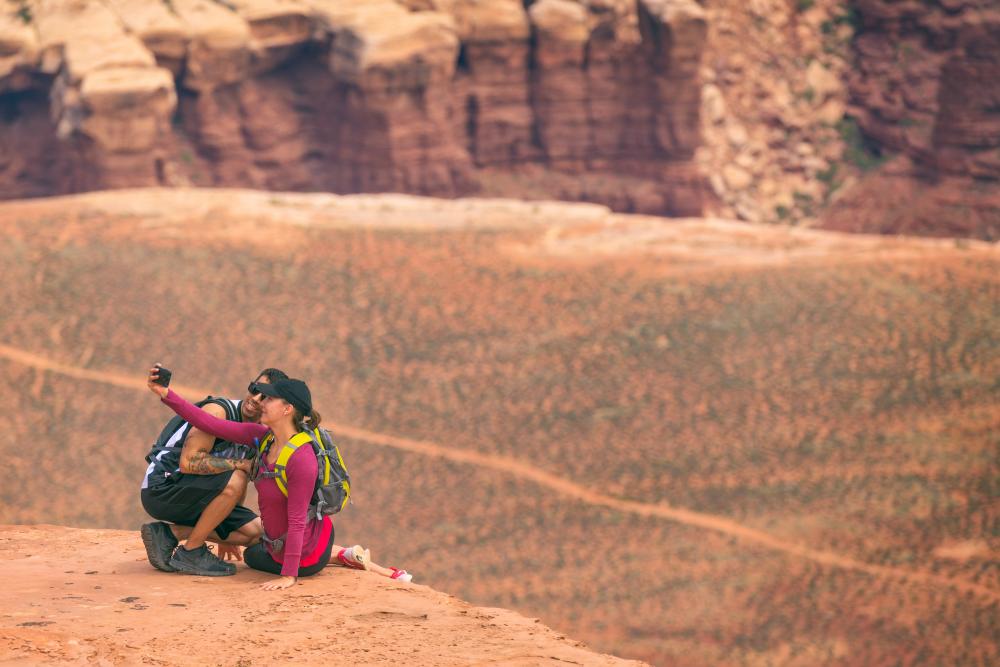
Mason Cummings, The Wilderness Society
Numerous studies bear out that local communities reliably benefit from the designation of monuments nearby, including through consumer spending that makes up part of the $887 billion outdoor recreation economy. Monuments help create new jobs and boost local tourism dollars by driving customers to restaurants, shops and recreation outfitters. Unlike mining and oil and gas jobs, these don’t dry up and disappear when underground resources are tapped—or as new, more efficient forms of energy replace fossil fuel demand.
But these protected places don’t only contribute to local communities’ coffers; they also help improve quality of life in less immediately quantifiable ways. The Obama-designated San Gabriel Mountains National Monument in California, one of those under review by the Trump administration, preserves countless recreational opportunities for urban communities that might otherwise not have access to nature. With its close proximity to Los Angeles, which is densely populated yet has few intra-city parks, the San Gabriels can help address Southern California’s obesity and diabetes crises. Since the monument was established, local visitor centers have re-opened and the previously neglected landscape has enjoyed increased trash pickup.
4. LIE: National monuments are meant for limited protection of cultural artifacts, not large landscapes
TRUTH: The law that gives presidents the ability to designate national monuments allows for monuments, such as those threatened by Trump, to include natural, large landscapes
Secretary Zinke has stated that the designation of Bears Ears National Monument was "not in accordance with the intention of the Antiquities Act" because the monument is large and includes swaths of natural landscape rather than being restricted to limited cultural sites. This has become a common fallback position for public lands opponents: they don't oppose monuments per se, but they want to make sure they are tightly focused on letter-of-the-law "antiquities."
This is nonsense. The protection of Bears Ears, natural landscape and all, was entirely consistent with historical precedent on the use of the law. Early in the life of the Antiquities Act, President Theodore Roosevelt set a standard of large monument proclamations, and in 1920, the Supreme Court ruled that the law's "objects of historic or scientific interest" language can include large natural landscapes. Subsequent rulings, including one pertaining to six Clinton-era monuments among those under review by Trump, also upheld such uses of the law. And while various public lands opponents have tried to use the Antiquities Act's "smallest area" clause to shrink monuments after the fact, the law was written in intentionally broad terms, without any size-based proscription.
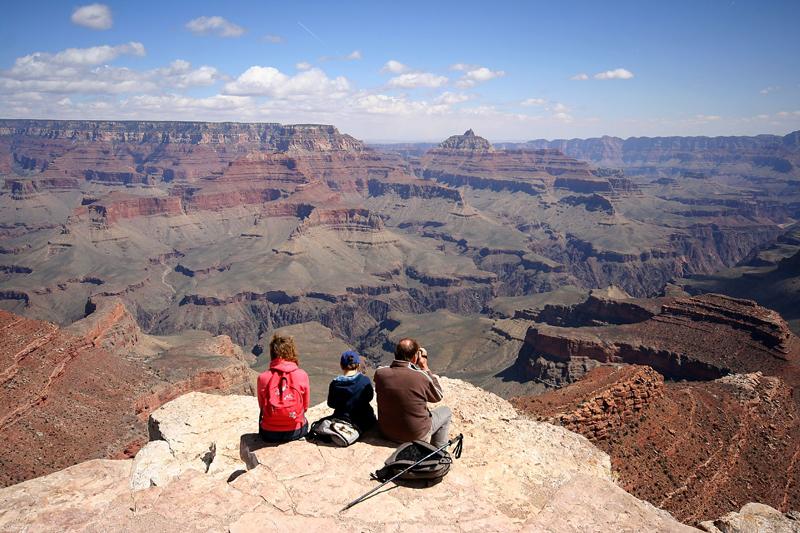
Grand Canyon National Park, Arizona
Bob the Lomond, Flickr
Note, also, the irony of Trump and his ilk claiming to be concerned that monument designations aren't focused tightly enough on preserving cultural artifacts. Secretary Zinke has already been heavily criticized for not listening to Native Americans whose threatened cultural sites were the impetus for Bears Ears' designation in the first place, and among other things, national monuments' public enemy no. 1 in Congress, Utah Rep. Rob Bishop, is famous for assessing tribal rock art in Nevada's Basin and Range National Monument thusly: "Ah, bullcrap. That's not an antiquity."
5. LIE: Tribes in Utah are happy with the Trump administration's Bears Ears recommendation
TRUTH: Native leaders pushed for Bears Ears monument in the first place and have heavily criticized Zinke's decision
Interior Secretary Zinke has broadly claimed that Native leaders in Utah are "very happy" with his recommendation to eliminate protection for parts of Bears Ears National Monument. This is just as laughable as it appears on first blush.
First, scroll up a few paragraphs: Native American tribal leaders were the driving force behind President Obama's decision to designate Bears Ears National Monument, bringing the issue home with a first-of-its-kind petition because the landscape was under attack by looters and vandals. As a report published by the Bears Ears Inter-Tribal Coalition pointed out, the campaign to protect Bears Ears was as rare as it was necessary: "[t]his cultural information is important for all Native people. This is why tribes have set aside any differences and come together: if this information is lost, it’s lost forever.”
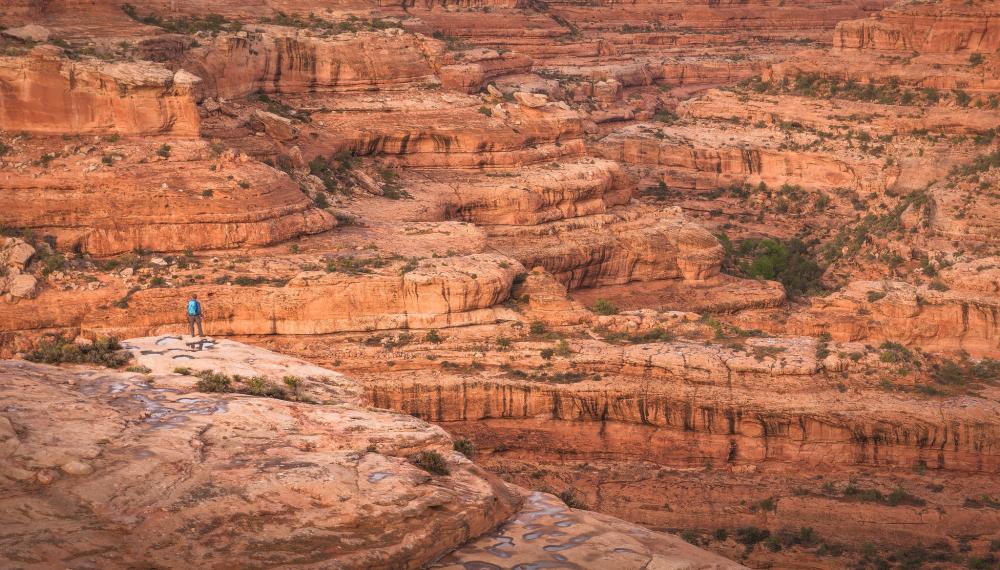
A hiker in Bears Ears National Monument, Utah
Mason Cummings, The Wilderness Society
Since Zinke made his decision, that same coalition has made it clear it is, well, NOT "very happy." Rather, the group has stated that reducing protection would be a “slap in the face to the members of our Tribes and an affront to Indian people all across the country.” Many other tribal figures have followed suit with similar pronouncements.
Public lands enemies like Utah Sen. Orrin Hatch have insultingly claimed that tribes simply don't "understand" the downside of monument status, and even promoted fringe voices by "cherry-picking" a few Navajo critics of the monument (in the words of a Navajo Nation councilmember), but it is clear that most local Native American groups want Bears Ears National Monument to stay fully protected.
